Pamela Allegretto is the author of my favorite historical fiction novel of 2016, Bridge of Sighs and Dreams, a captivating story set in Italy during World War Two. Her own experiences as an exchange student and expat living in the country of her forefathers inspired the characters, plot and beautifully described setting for her debut novel. It is a pleasure to learn more about its inception.
The Birth of a Novel
By Pamela Allegretto
The tutelage of my Italian family launched my love for the Italian language the moment the first trilled “R” danced on my tongue and tickled my teeth. Animated conversations around the supper table often veered from current events to life in Italy during World War 2 and the impact the War had on our family. These conversations piqued my curiosity and planted a seed that nagged me to learn more.
I was 17-years-old when I took my first trip back to Italy with my parents. The moment the airplane touched ground, I had this overwhelming feeling of “home.” Meeting my Italian aunts and uncles in their Southern Italian village of Faicchio and listening to their personal accounts of the War sprouted that seed and it began to grow. The more I learned, the more I wanted to know.
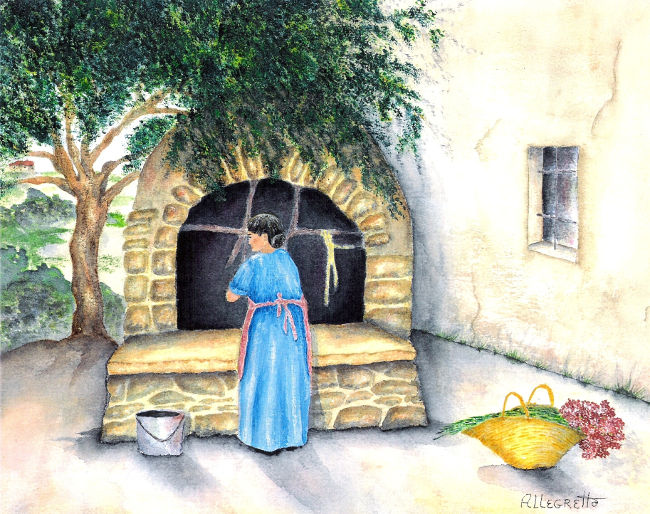
After high school graduation, I moved to Florence, Italy and attended L’Università Per Gli Stranieri, which heightened my passion for Italian history, especially those War years. My Florentine friends all had personal family stories relating to the Nazi-occupation and the brave Italians in the Resistance Movement. These first-hand accounts were a direct contradiction to the denigrating jokes I heard while growing up about Italian cowardice.
The seedling strengthened its stem. I determined that someone should write a book about the Resistance. Well, my research revealed that there were already dozens of books on the subject. However, the more I read, the stronger my conviction to write my own novel based on my family’s experience. I also felt compelled to write a war novel in which the women don’t play the role of wallpaper or objects of amusement to soldiers and politicians. I wanted my women to take center stage in a behind-the-lines battle between good and evil.

As is often the case, life got in my way; and I shelved my anticipated novel for a few decades. Then one year, on what had become my annual visit to Italy, a conversation with my aunt thawed my dormant plant and ignited my shelved idea for a war novel. She told me about the suffering under Mussolini’s Fascist Regime, and how life in Faicchio became a daily challenge to survive: Human supplies dried-up. Whatever remained was rationed, including bread and flour. There was no salt or soap. New clothing didn’t exist nor did thread to mend the old clothes. Even if one was to recycle used thread, it was futile since there weren’t any needles. The steel was required for the army. There were a few bicycles, but the seats were made with straw, and the tires were crafted from a synthetic material. Rubber was for the army. The tires didn’t last long, and because they were impossible to replace, the bicycle was saved for emergencies. For those who were sick, it was a real problem. The few bottles left on the pharmacy shelves were empty. There were no antibiotics, no Band-Aids, not even aspirin.
She related how after Mussolini was overthrown, the Nazis commandeered her home and banished her, 8-months-pregnant with her third child, and her two small children from their home with only the clothes on their backs.

By now, my plant was sprouting leaves left and right, and I was determined to find out more. I visited one cousin who supplied me with a detailed accounting of the Nazi occupation of the Village of Faicchio written by one of his professors, who had been a teenager during that time. It took me the remainder of my visit to translate this eye-opening account.
Strangely enough, a compassionate German soldier, whom I had initially incorporated into my fiction, was real, and the professor had fleshed out his back-story. After I left my family’s farm and traveled toward Rome, I spent some time in the charming hill-top village of Anagni, where on a narrow side-street I stumbled across Tarsie Turri, the tarsia lignea (inlaid wood) workshop of Carlo Turri. Since one of the proposed characters in my novel practiced this intricate art form, I found this a serendipitous occasion.
Not only was I able to glean information about tarsia lignea, but the data came from the best possible source. It seems Carlo Turri’s work has been collected by dignitaries world-wide, including Pope Paul and the President of the Republic. Carla Turri, Carlo’s daughter who carries on the tradition, gave me a detailed tour and demonstration of this Renaissance art form. Unfortunately, due to story “flow,” I was not able to include in my novel as much information about this art form as I would have liked. However, that personal experience is one I hold dear, and I consider the knowledge I gained to be priceless.
My next stop was Rome, where again fate stepped in. I came upon a vintage market, not far from Piazza di Spagna. There, I encountered a merchant who dealt in World War 2 paraphernalia. I had wanted to incorporate information on the treatment of Italian Jews under the Nazi occupation, and here I found real-time publications regarding the events that took place in Rome during that time-period.
The discovery of personal letters and journals augmented my study. The consistent manifestation of hope, scribbled across those abandoned pieces of paper on which the ink now weeps, afforded a valuable glimpse into the Italian sentiment during this horrific period. I deemed all this information to not be coincidence, but rather a sign that I was meant to continue with my novel.

For once, I was eager to leave Italy, but only because it was time to write my novel. I concluded: if not now, when? My next step was to flesh-out my characters. I sought an eclectic collection of complex individuals, each with his or her own values, lack of values, dreams, and goals. I wanted Bridge of Sighs and Dreams to be a story of betrayal, dignity, and purpose that highlighted the brutality toward Italian citizens, under both Mussolini’s Fascist regime and the Nazi occupation, and that illustrated the tenacity of the human spirit. However, I thought it was also necessary to inject some light humor, not merely for the reader’s benefit, but to show that a sense of humor can serve as a valuable shield during dire times.
I will say, to weave my fiction around the time-line of events that I wanted to highlight was tricky, but I didn’t want to alter facts to fit my fiction; instead, I utilized truth to enhance my characters and their story. And so, after decades of research, translations, false starts, writing, editing, shelving, writing, editing, shelving, Bridge of Sighs and Dreams finally bloomed into a novel of which I am proud.
My one regret is that sadly, my beloved parents and some of my aunts and uncles who played such a pivotal role in this novel have all passed away before its publication. However, I do take solace in fate. Considering the serendipitous chain of events involved in the birth of the novel, it happened when it was meant to happen. Ecco la vita.
About the Author
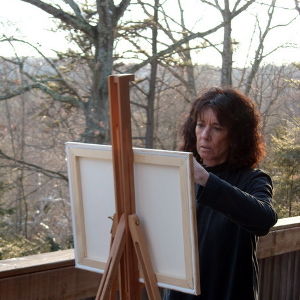 Pamela Allegretto lives in Connecticut and divides her time between writing and painting. Her published work includes dual-language poetry books, translations in Italian literary journals, articles in local newspapers, book and CD covers, illustrations, and cartoons. Her original art is collected worldwide.
Pamela Allegretto lives in Connecticut and divides her time between writing and painting. Her published work includes dual-language poetry books, translations in Italian literary journals, articles in local newspapers, book and CD covers, illustrations, and cartoons. Her original art is collected worldwide.
Visit her website to learn more about her books and artwork.
Bridge of Sighs and Dreams
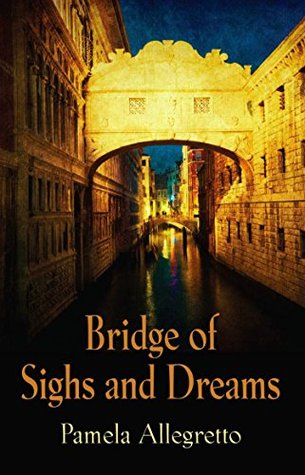 Nazi-occupied Rome sets the stage for Bridge of Sighs and Dreams, where the lives of two women collide in an arena of deception, greed, and sacrifice.
Nazi-occupied Rome sets the stage for Bridge of Sighs and Dreams, where the lives of two women collide in an arena of deception, greed, and sacrifice.
Following an allied attack, Angelina Rosini flees to Rome from her bombed-out village and a ruthless Nazi officer bent on revenge. In Rome, the spirited portrait artist channels her creativity into the art of survival for herself and her young daughter. Unwilling to merely endure, and armed with ingenuity, wit, and unyielding optimism, she enters the shadow world of the Resistance where she zigzags through a labyrinth of compassionate allies and cunning spies.
Meanwhile, Lidia Corsini, Angelina’s sister-in-law, quenches her lust for power and wealth by turning in Jews to the ruthless Nazi Police attaché with whom she has formed an alliance. Her spiral into immorality accelerates as swiftly as the Jewish population dwindles, and soon neither her husband nor her son is immune to her madness.
Once Angelina discovers the consequences of Lidia’s greed, she conspires to put an end to the treacheries; but in doing so, she becomes the target of Lidia’s most sinister plot.
Bridge of Sighs and Dreams is a story of betrayal, dignity, and purpose that highlights the brutality toward Italian citizens, under both Mussolini’s Fascist regime and the Nazi occupation, and illustrates the tenacity of the human spirit.
Buy Bridge of Sighs and Dreams now on Amazon, Barnes & Noble, Booklocker, and iBooks.
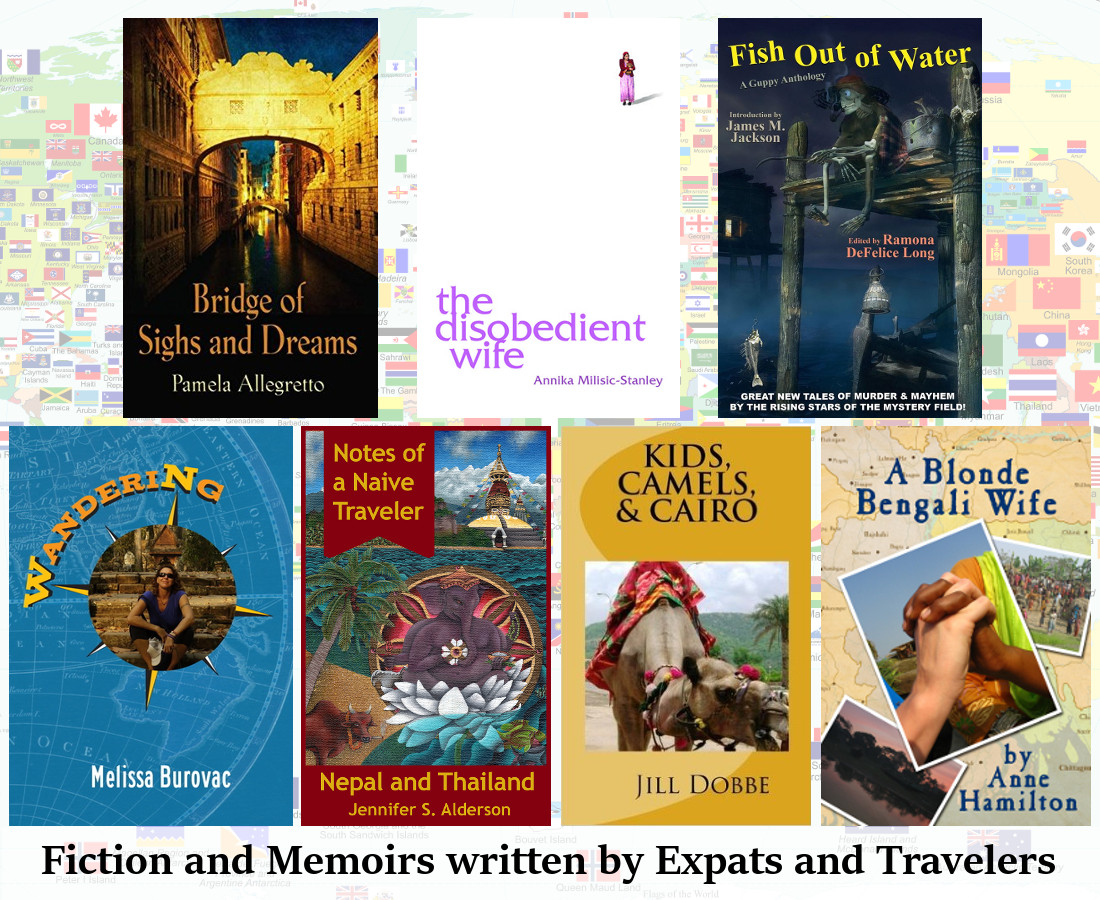
Enjoy reading this post? Check back here Friday to read an interview with Annika Milisic-Stanley, the last of the seven posts celebrating Fiction and Memoirs written by Expats and Travelers.
While you are here, check out Melissa Burovac, Jille Dobbe, Anne Hamilton, Jennifer S. Alderson and Beth Green’s fascinating contributions as well.
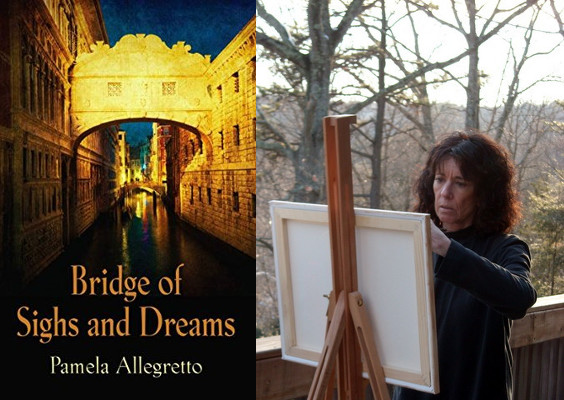

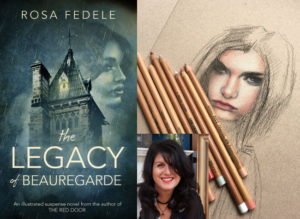
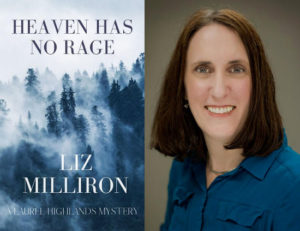
Pingback: Spotlight On… – Jennifer S. Alderson
Fascinating backstory to a fascinating story! Loved the book. Ciao, Cristina
Very good website – bookmarked
Thanks, great article.
Thank you. I’m so happy that you enjoyed the article, and I appreciate your taking the time to say so.
You are quite welcome! It is a pleasure to share this article as well as learn more about your captivating debut. Good luck to you!
Jennifer, I struggle to chose the appropriate words that would express my most sincere gratitude to you for including me and my story on your site, alongside such gifted authors. It’s a pleasure to be interconnected with like-minded authors who share the fascination and joy of international culture. Thank you so much! Mille grazie!